1. Santa Claus Meet-and-Greets
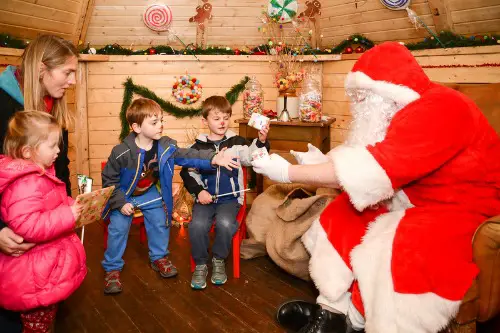
The tradition of taking your kids to sit on Santa’s lap traces directly back to department stores in the late 1800s. Macy’s in New York popularized the idea, and by the 1920s, it had become a full-blown seasonal event. These Santas weren’t just for show—they were designed to create magical, immersive experiences that encouraged families to spend more time (and money) in stores. And let’s be honest, nothing sells like nostalgia.
Now it’s a rite of passage for American kids to line up, whisper their wishes to a mall Santa, and pose for a photo. The whole spectacle is now a family bonding moment, complete with matching sweaters and hot cocoa. That single department store gimmick became the emotional centerpiece of many families’ holiday season. And it’s still keeping photographers—and peppermint-suited actors—in business.
2. Back-to-School Shopping
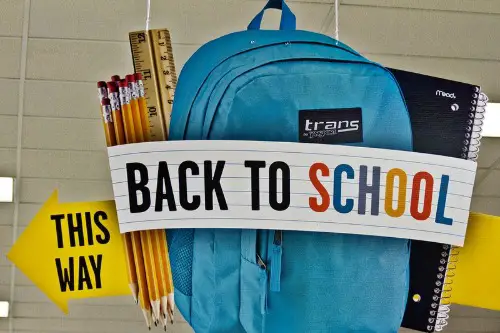
The back-to-school shopping blitz didn’t really exist until department stores invented it. In the early 20th century, stores began timing big sales in late summer to align with the school calendar, promoting new outfits, shoes, and supplies as essential for success. Retailers sold the idea that looking sharp helped kids make a good impression—and parents eagerly bought in. Clothes shopping became a ritual tied to personal growth and a fresh start.
Today, back-to-school shopping is practically a national holiday. Families treat it as a yearly bonding experience, often with lists, budgets, and even traditions like lunch afterward. That sense of renewal each fall? It was planted by stores that knew exactly when we’d be willing to spend.
3. Gift Wrapping as a Holiday Staple
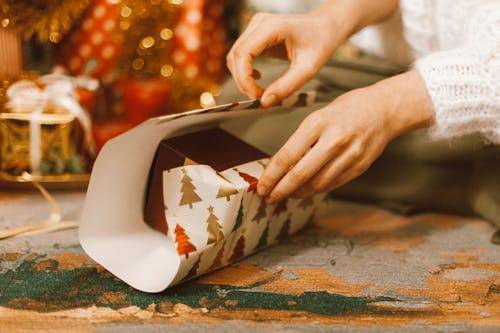
Believe it or not, the art of wrapping presents in shiny paper and satin bows didn’t start at home—it started behind department store counters. Stores like Macy’s and Marshall Field’s began offering gift-wrapping services in the early 20th century, especially around Christmas, to elevate the shopping experience. Customers loved the polished look, and suddenly wrapping became part of the whole gift-giving ritual. Before this, people might use plain paper or even newspaper—function over flair.
Once shoppers brought home those beautifully wrapped packages, the bar was raised for everyone else. Wrapping gifts became a personal touch that now symbolizes care, effort, and love. These days, it’s not Christmas unless your living room looks like a Hallmark card exploded. All because some clever merchandisers thought bows made things more sellable.
4. Wedding Registries
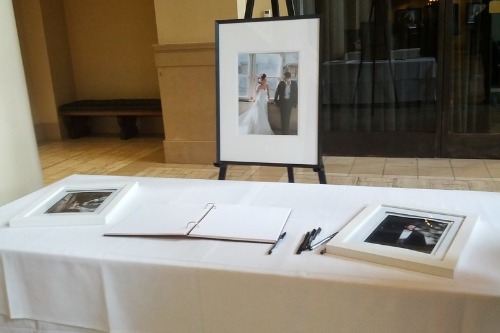
Wedding registries weren’t always a thing. In fact, the first one was introduced by Chicago’s Marshall Field’s in 1924 as a convenient way for newlyweds to receive gifts they actually needed. The store created elegant in-store displays where couples could choose china, silver, and linens, and guests could then purchase from the curated list. It was brilliant marketing disguised as thoughtfulness.
Now it’s standard practice to ask couples where they’re registered before even considering a gift. It’s become a cultural norm that’s hard to imagine weddings without. What started as a sales tactic is now a symbol of planning, compatibility, and starting a life together. Department stores knew exactly how to insert themselves into our most personal milestones.
5. The Idea of the “Perfect Mother’s Day Gift”
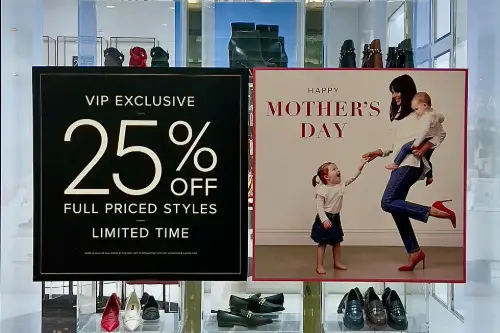
Mother’s Day was officially recognized in 1914, but it didn’t become gift-heavy until department stores got involved. Retailers saw the opportunity and jumped in hard with advertisements for perfumes, jewelry, and sentimental cards. They weren’t just selling products—they were selling the idea that gifts equaled gratitude. And once that caught on, homemade cards weren’t quite enough.
Today, Mother’s Day comes with pressure to buy the “right” thing to express love and appreciation. Brunch, flowers, and spa sets are now the standard playbook. What started as a heartfelt gesture morphed into an annual sales surge. It’s a textbook example of commerce shaping cultural norms.
6. Dressing Up to Go Out—Even Just to Shop
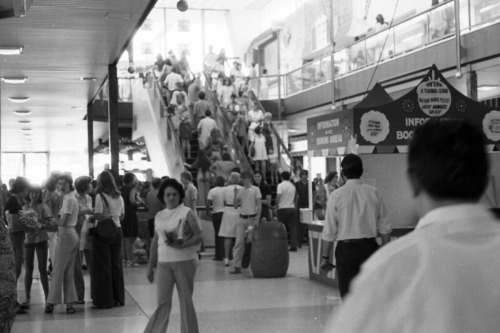
In the mid-1900s, department stores weren’t just places to buy things—they were destinations. They had dining rooms, piano players, even live models walking through the aisles. Women in particular were expected to dress well before stepping into stores like Saks or Lord & Taylor. Shopping was considered a social outing, not an errand.
That culture trickled into how Americans saw public appearance and presentation. Looking “put together” became a reflection of class, respectability, and personal pride. The idea that how you dress shapes how you’re treated? That’s a legacy from marble-floored retail palaces.
7. The Family Photo Session
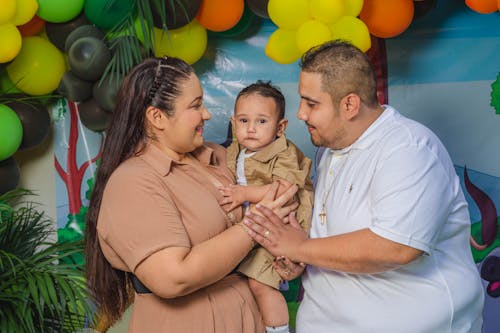
Those posed, studio-style family portraits? Department stores like JCPenney and Sears popularized the in-store photo studio starting in the 1940s. They made professional photography affordable and accessible for middle-class families, often bundling it with shopping deals. These sessions became a way to mark time—birthdays, graduations, holidays—and showed up proudly in living rooms everywhere.
Now, even with smartphones, families still schedule formal photo shoots for Christmas cards and social media. The urge to freeze a moment in perfectly coordinated outfits didn’t start at home—it started with coupons near the escalator. These photos became heirlooms, keepsakes, and little identity statements. And yes, your awkward 1993 Olan Mills portrait has retail roots.
8. Baby Showers as a Registry Event
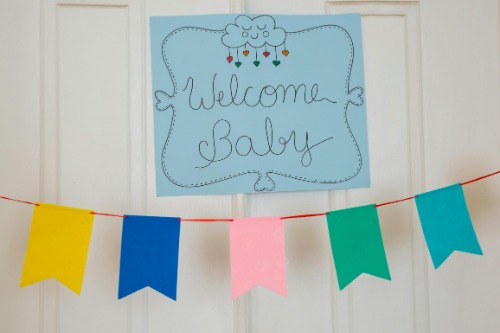
Baby showers have been around in some form for centuries, but the modern, registry-driven version took shape in postwar America. Department stores helped formalize it, offering new moms lists of must-haves and places where friends and family could easily shop. These stores hosted events, offered advice, and gave out catalogs full of bassinets and bottle warmers. Convenience turned into custom.
Today, baby showers are a full-on production, often planned months in advance with themes, favors, and yes—Amazon or Target registries. The focus on gift-giving as a way to support new parents came from a very intentional sales strategy. What was once a small gathering with handmade blankets became a guided consumer experience. And it stuck, because it was helpful and profitable.
9. Holiday Window Displays as Family Outings
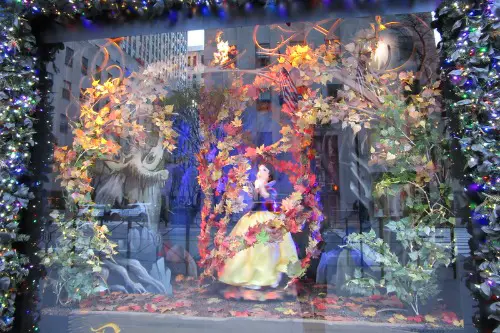
The tradition of going to see holiday windows in cities like New York or Chicago was invented by—guess who?—department stores. Starting in the late 1800s, stores like Macy’s, Lord & Taylor, and Marshall Field’s created elaborate window scenes to draw crowds during the shopping season. These displays were whimsical, seasonal, and totally free to enjoy. It turned a trip downtown into a magical, memory-making family event.
Over time, families began making an annual tradition of “window walks,” bundled up with cocoa in hand. Even in cities where big department stores have closed, this ritual lives on through museums, main streets, and malls that carry the torch. The idea that you don’t need to spend money to experience holiday magic? Ironically, it came from people who really wanted you to spend money.
This post 9 American Customs That Originated in Department Stores and Somehow Became Family Values was first published on American Charm.


